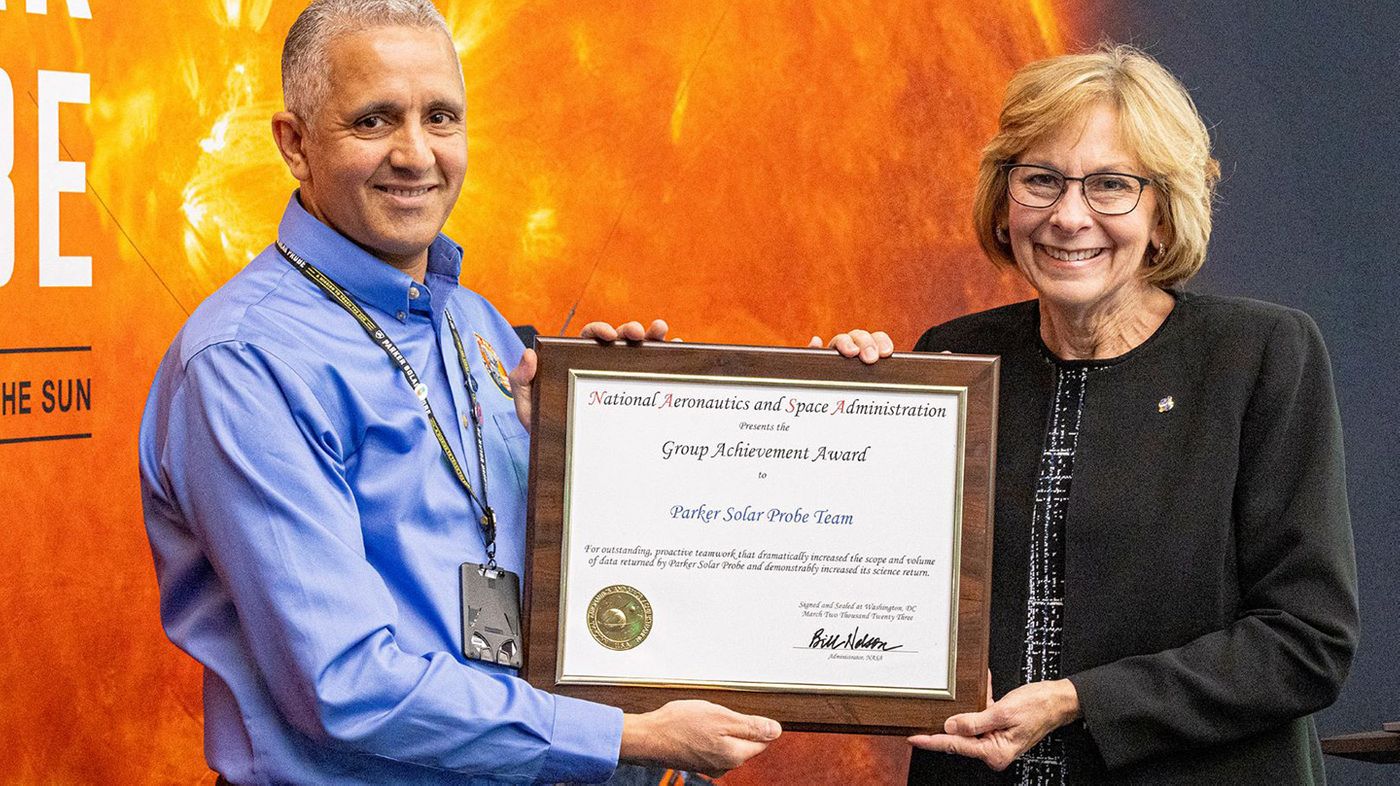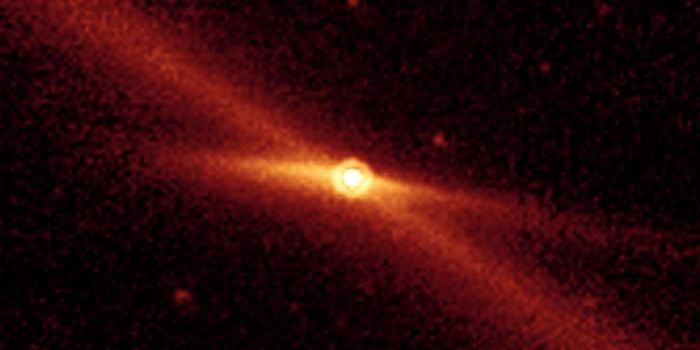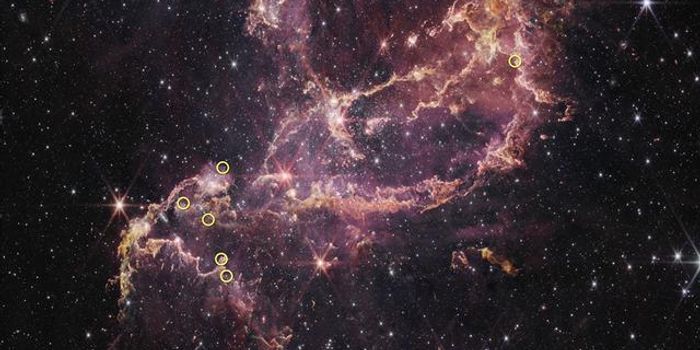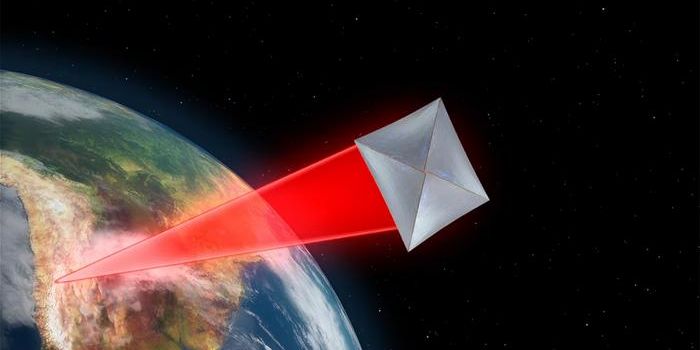NASA Applauds Parker Solar Probe Team for Exceeding Expectations in Sun Exploration
The Johns Hopkins University Applied Physics Laboratory (APL) was recently bestowed a Group Achievement Award from NASA for their work on the Parker Solar Probe, which was launched on August 12, 2018, and is currently conducting its primary mission of exploring and investigating our Sun and its myriad of features and behaviors. The Parker team received the award during the Science Working Group meeting that took place at APL on November 6, 2023, as APL is responsible for designing, building, operating, and managing all aspects of the mission as part of NASA’s Science Mission Directorate.
Parker Solar Probe Project Scientist, Dr. Nour Raouafi, seen accepting the NASA Group Achievement Award during a mission Science Working Group meeting at Johns Hopkins Applied Physics Laboratory on Nov. 6, 2023, from Margaret (Peg) Luce, who is the acting director of NASA’s Heliophysics Division. (Credit: NASA/Johns Hopkins APL/Ed Whitman)
“Since launch five years ago, the Parker Solar Probe mission has made numerous, substantial contributions to our knowledge of the Sun and the near-Sun environment,” said Margaret (Peg) Luce, who is the acting director of NASA’s Heliophysics Division in the Science Mission Directorate at NASA Headquarters. “There have been discoveries, and the team deserves significant credit for finding ways to enhance the spacecraft beyond the spectacular capabilities it already has.”
The Parker Solar Probe is named after the late Dr. Eugene N. Parker, who was a pioneer in solar physics and pushed the boundaries of our understanding of our Sun. Parker is built to travel within 4 million miles (6.5 million kilometers) of the Sun’s surface, which it will accomplish on Christmas Eve 2023 when it travels inside 3.9 million miles (6.3 million kilometers) of the Sun’s surface while traveling at a breathtaking 430,000 miles per hour (692,000 kilometers per hour). The reason Parker can survive so close to our Sun is due to cutting-edge thermal engineering that shields the spacecraft from the Sun’s intense heat.
Throughout its five-year mission, thus far, Parker has literally touched the Sun, as it flew through the Sun’s upper atmosphere, also known as the corona, in December 2021 where it sampled the solar magnetic field and solar particles and marked a historic first as being the first spacecraft to accomplish this feat.
We congratulate the APL team for their well-deserved award and their extraordinary mission, as well!
What new discoveries will the Parker Solar Probe teach us about our Sun in the coming years and decades? Only time will tell, and this is why we science!
As always, keep doing science & keep looking up!
Sources: Johns Hopkins University Applied Physics Laboratory, NASA, Wikipedia









